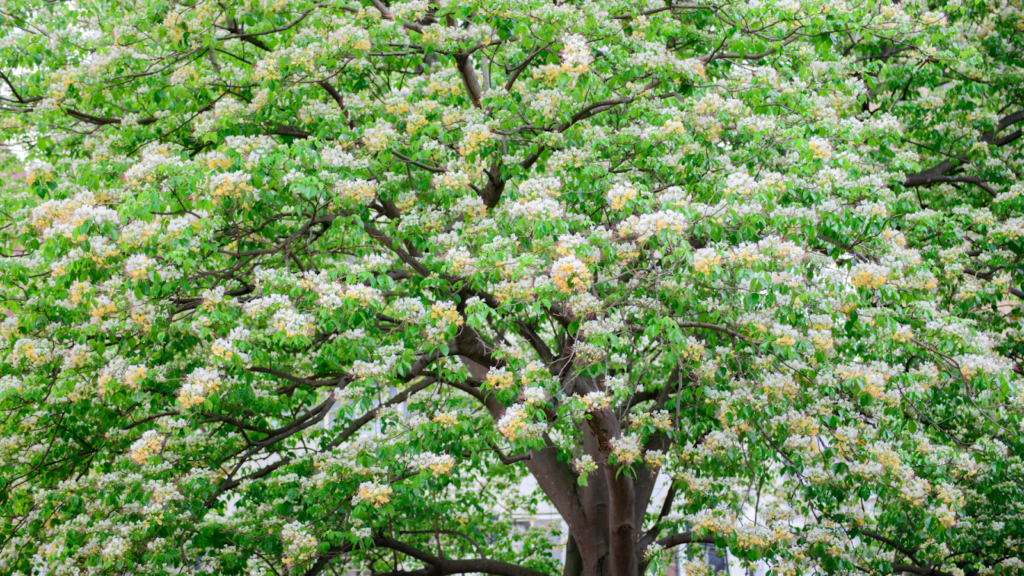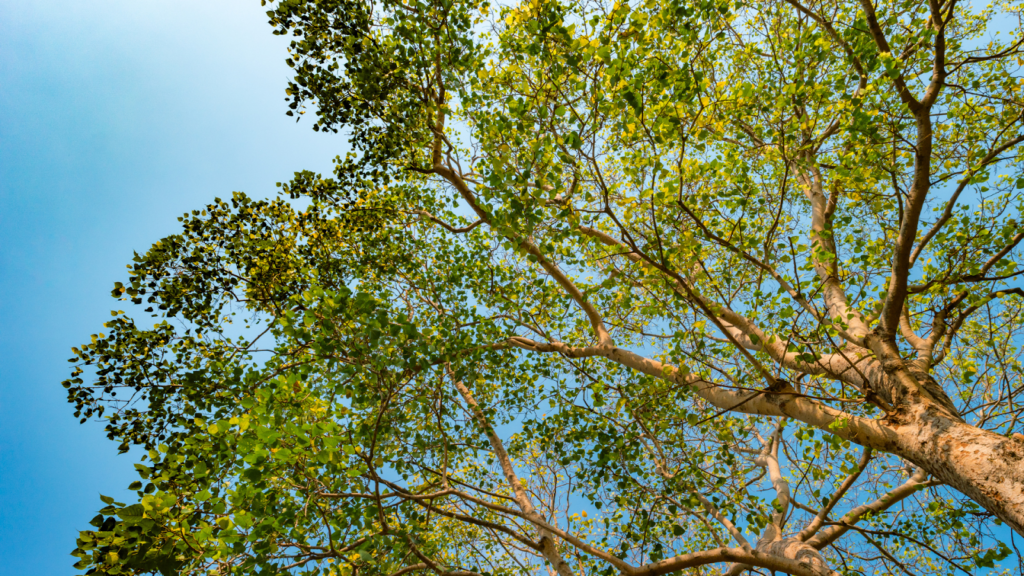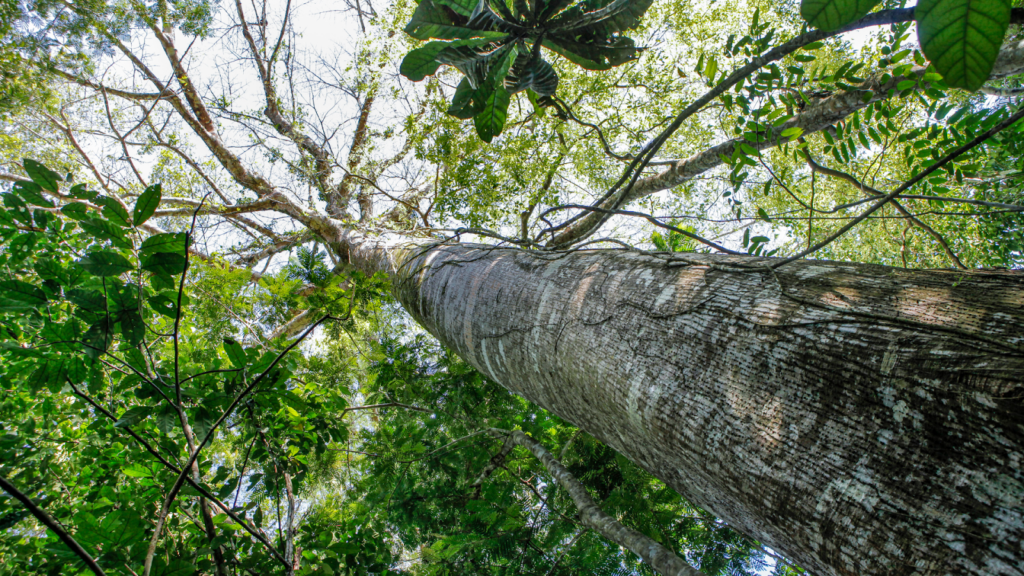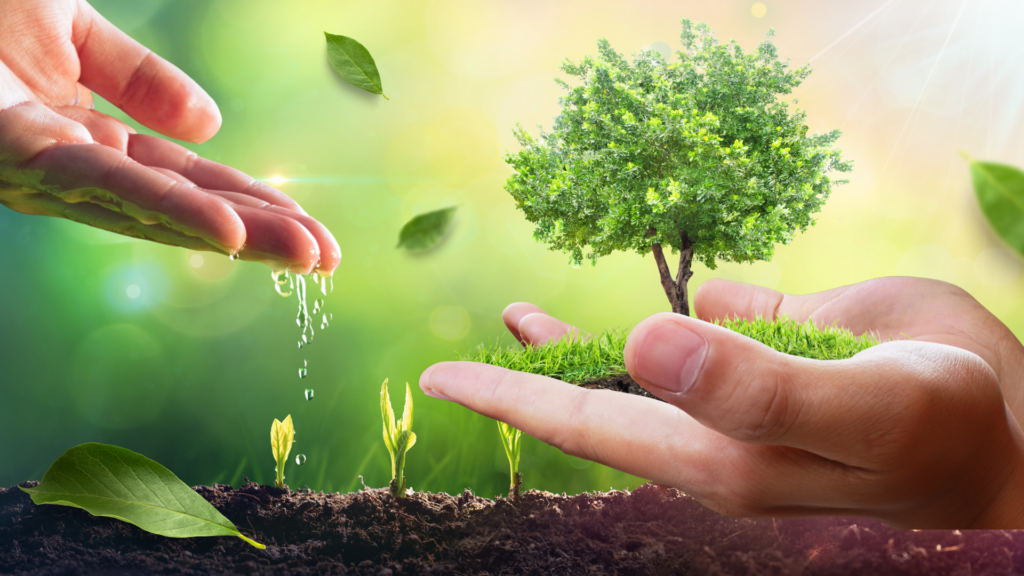Offering more than just a scenic backdrop, the natural splendor of Philippine native trees is finely tuned to our country’s ecosystem. In taking initiatives towards environmental action, recultivating and embracing native species of trees is an instrumental aspect in forging a better future for the succeeding generations of Filipinos.
By planting trees, particularly native species, in our parks, schools, neighborhoods, and cities, we can promote ethically sustainable and eco-friendly urban development, as well as form a deeper connection with Mother Nature.

Salingbobog (Crateva religiosa) boasting cream-colored and yellow flowers
Studies have shown that, as a result of unsustainable practices like excessive logging and land conversion, only 3% remain of forests that still contain native trees. The Philippines has 3,600 native tree species, 67% of which are endemic, with over 600 facing the threat of vulnerable conservation status, one of them being the Philippines’ beloved and iconic National Tree, Narra (Pterocarpus Indicus).

This cultural motif is recognized for its high-quality hardwood, primarily sought after in furniture-making, and is adaptable to most types of soil
As environmental awareness rises and reforestation efforts are made in response to warming temperatures and the loss of Philippine forests, greater focus should be placed on local species. Here are some reasons why indigenous and endemic trees should be given more priority in tree-planting projects.
Role of Native Trees In Preserving Our Biodiversity

Mahogany (Swietenia macrophylla), an introduced species from tropical America
Native trees host habitats and provide sources of food for local organisms like birds, insects, and other wild animals. This mutualistic relationship between native animals is not shared with introduced species, however, as they may not support the same biodiversity as effectively or fail to accommodate them at all, leading to an imbalance in the ecosystem and even resulting in native tree extinction when introduced trees outcompete them over the soil and nutrients.
For example, despite being commercially valuable for its timber, the mahogany tree (Swietenia macrophylla) is an invasive species that harms Philippine ecosystems by altering the soil chemistry around them and stunting the growth of native trees.
Adaptation and Resilience To The Ecosystem
The largest man-made Molave forest in Asia is located in Siquijor, Philippines
Intrinsically connected to the environment, native trees have evolved to flourish in the country’s weather and soil conditions, among other ecological attributes unique to the Philippines. This means that they are better adapted to withstand natural disturbances such as typhoons, floods, erosion, droughts, and pests, as opposed to introduced species.
For instance, trees like Kamagong (Diospyros blancoi) and Pili (Canarium ovatum) have deep and extensive root systems with buttress roots that leverage typhoon damage by absorbing more storm water and providing support as effective windbreaks. In addition, the Molave (Vitex parviflora) is known for its tolerance to drought, durable wood, and pest-resistant leaves.
Reducing Effects of Carbon Accumulation And Global Warming
Growing Bani (Pongamia pinnata) tree stump
Through natural processes like photosynthesis and carbon sequestration, native trees absorb and store carbon dioxide from the atmosphere and moderate greenhouse gas emissions, thereby acting as effective carbon sinks that purify the air, provide us with clean oxygen, and help to mitigate climate change.
Green Development With Urban Forestry
The bright pink and light purple blooms of the Banaba (Lagerstroemia speciosa)
Amidst sky-scraping buildings and bustling streets crowded with people, trees create a habitable, breathable, and accessible environment for growing urban populations as they improve climate conditions by ensuring that our air quality and our water supplies are managed and protected from pollutants.
With trees lining our roadsides and occupying more of our urban spaces, we are given a range of other benefits, from shade that can keep us cool and covered from the sun, to the added touch of visual appeal with the captivating flowers of species like the Banaba (Lagerstroemia speciosa). Some species can even make contributions to our mental health and overall holistic wellbeing, like the Ilang-Ilang (Cananga odorata), which has been known to alleviate anxiety and boost moods with its soothing fragrance.
Due to a lack of collective knowledge of our own native tree species, along with the reputation of exotic trees, like the Acacia (Samanea saman), as fast-growing, the latter is favored and more well recognized. By planting trees, particularly native species, in our parks, schools, neighborhoods, and cities, we can promote ethically sustainable and eco-friendly urban development, as well as form a deeper connection with Mother Nature.
RELATED STORIES:


